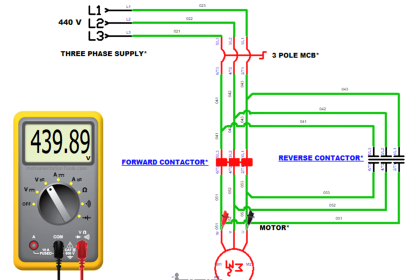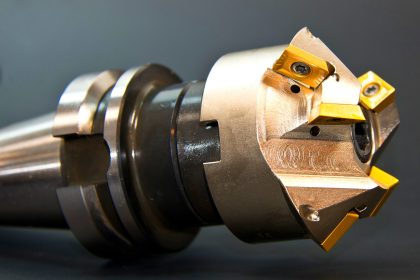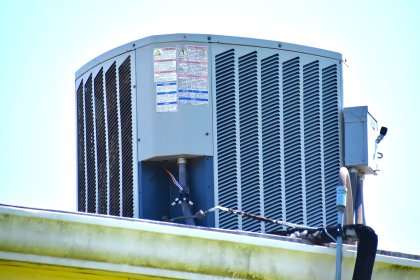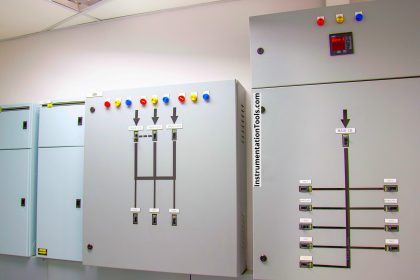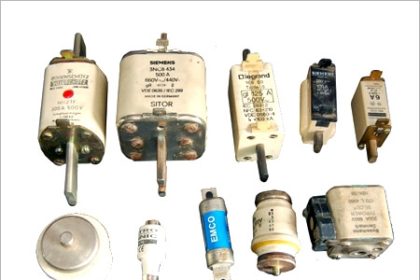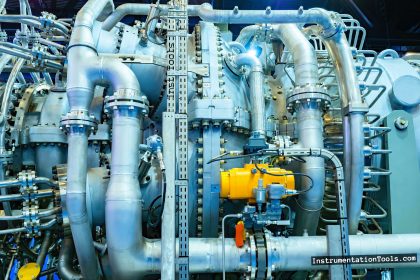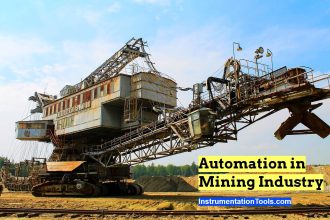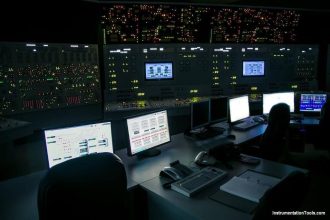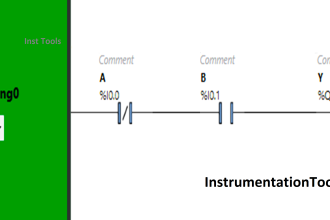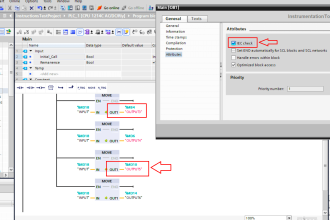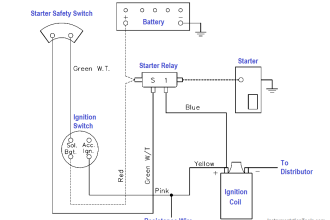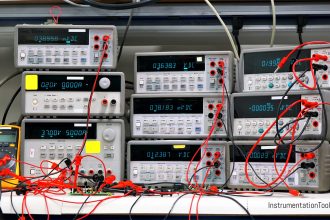Safety is a very important criterion in industrial automation applications, be it electrical, instrumentation, or control side. If the safety system is not in place, then it does not make sense to operate a system with full efficiency. There are many safety standards to follow when working in an industrial environment. Two such standards which play a major role in control systems, are emergency stop and emergency power off. They both sound similar, but have some major differences. In this post, we will see the difference between emergency stop and emergency power off.
What is an emergency stop?
Emergency stop is a control signal which is used to block the flow of power supply to a certain circuit, or can be used as an input to a controller which will ask that to stop the logic. It comes in a toggle switch type and needs to be pressed for control. It thus remains pressed until released once again.
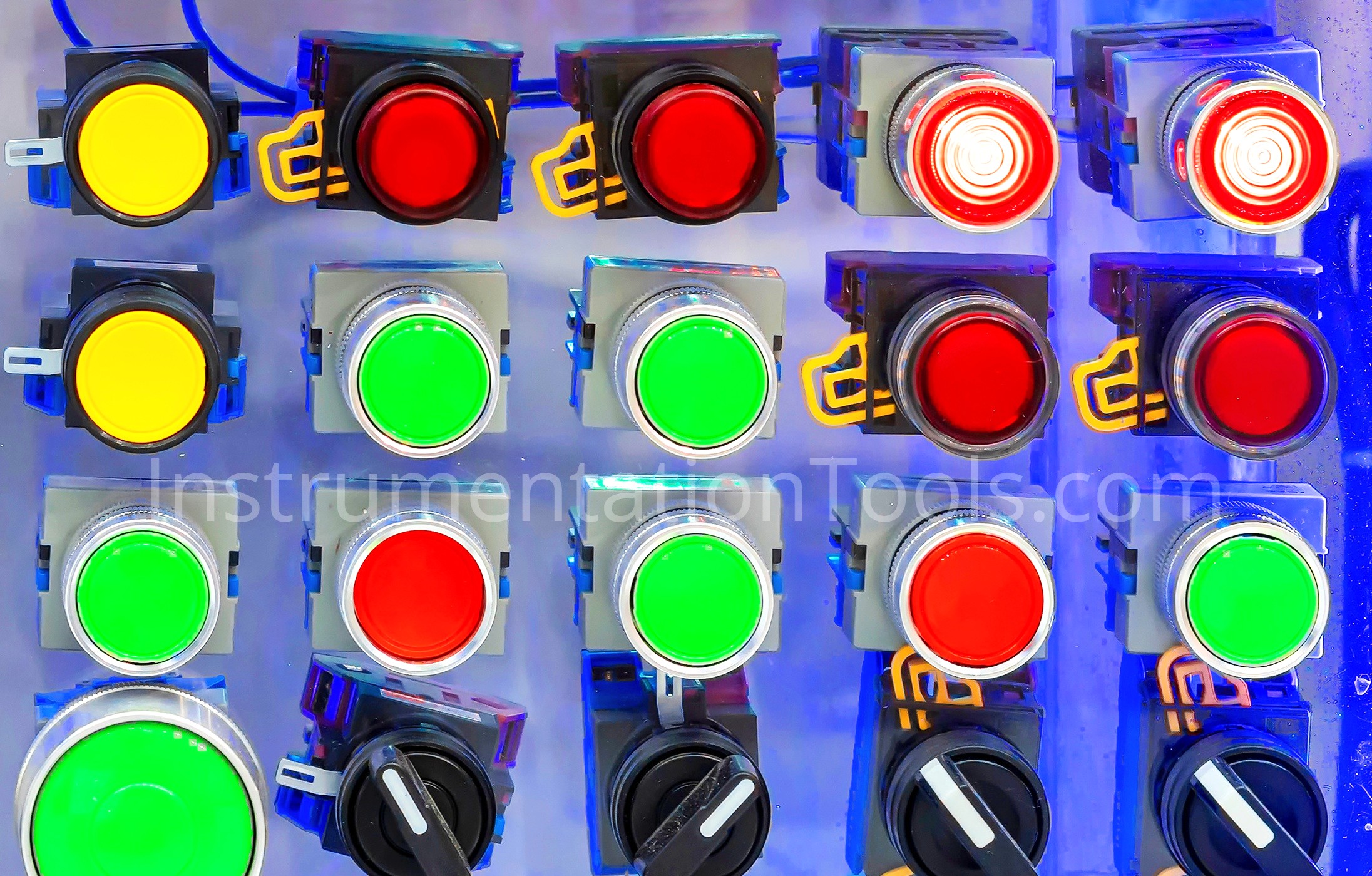
Basically, every control circuit has this input connected in series and in NC condition. In this case, the power supply will be given to the circuit under normal conditions. When the switch is pressed, the NC contact will open and thus block the supply to the further circuit. It will remain in this state until then user has again released the button and the open state becomes closed once again.
In the case of a controller like PLC, an auxiliary contact will be taken from this button and fed as an input to the PLC. Logic will be required to be written in the PLC where it will stop the process on this input going off. NC contact is used so that in case the wire breaks, then too the circuit will detect as input gone and halt the supply.
What is the emergency power off?
As the name suggests, an emergency power off is a system which completely shuts down the power of the whole system. As it cuts off the entire power supply, there is no particular risk of a circuit being still closed and active. It is thus used in cases where it is found that there is an extreme electrical hazard right now, and the power supply will be required to shut off. It is usually a big red button, enclosed in a panel which is locked. It is locked so that no one unintentionally presses it and creates a nuisance.
Emergency power off are connected to contactors and circuit breakers ( means basically switchgear equipment) in series, for shutting down the whole system. It remains in this state until the button is released once again. Once released, the power resumed again to flow in the whole system.
Emergency stop can be used to deactivate the whole power system, but it is not recommended. This is because it is primarily meant for stopping a particular circuit flow only. Also, an emergency stop can stop an action, but the control power circuit can be kept active. This is done by using this stop in series with an input used to control an action. So, you can still try to use an emergency stop to stop the power supply of a whole system, but it cannot be used for larger systems.
Emergency stop vs. emergency power off
- Emergency stop can deactivate a particular circuit only, whereas an emergency power off can deactivate the whole power system.
- With emergency stop, control power can be kept active and only a particular action can be stopped; but with emergency power off, the whole power system is deactivated, and there is no power supply present in the system when activated.
- Emergency stops can be used in bigger applications, but in parts. But emergency power off can directly be used for bigger applications like industries and buildings, for cutting off the whole system supply.
In this way, we saw the difference between emergency stop and emergency power off.
Read Next:
- PLC, DCS, RTU, SCADA, and PAC
- PID_PWM and PID_Output Controllers
- Difference Between PNP and NPN Sensor
- Light Tower in Industrial Automation
- Programming and Tuning PID Controller
